The open grasslands of the American west support huge herds of grazing herbivores such as bison, antelope, and deer. These large herds again support populations of hunters such as wolves, coyotes, and – historically – bears. The huge acres of wetland grasses we call marshes are productive as well, with all sorts of grazing creatures that feed on the grass like snails and insects, which in turn support populations of first order carnivores like birds, crabs, and turtles, who then feed larger predators like alligators, otters, and raccoons.
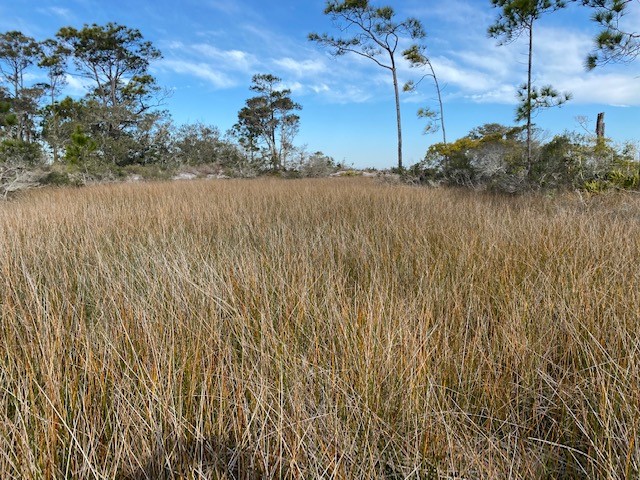
One would think that the submerged seagrass meadows would work in the same way. But there are no large herds of bison like creatures that graze on the grasses. True, manatees and sea turtles do graze on these, but not in the numbers we see with bison and antelope. There are numerous species of snails and crustaceans that live in seagrass, but it is not the grass they are interested in… it is the epibiota. These epibiota are the key to vast diversity of creatures living in seagrasses. If you snorkel or seine through a submerged grassbed you will notice the majority of creatures are small. This place is a nursery for the estuarine and marine environments. These grasses provide excellent hiding places and the epibiota provide the food they need to grow.
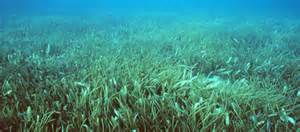
So, what are these epibiota?
The term epibiota means “creatures that live on other creatures”. They can be further broken down into epiphytes (plants that growth on other creatures), and epizoids (animals that grow on other creatures). Spanish moss is a familiar example of an epiphyte most people know. Barnacles growing on a turtle shell, or a whale could be an epizoid you are familiar with. Many epibiota are small, even microscopic. You can see the algae growing on the shells of turtles, or the fur of the sloth. There are also numerous epizoids that are microscopic, and no one sees. It is a whole field of microbiology – the study of the natural history and diversity of this tiny world that, certainly in the case of seagrasses, makes the whole thing work.
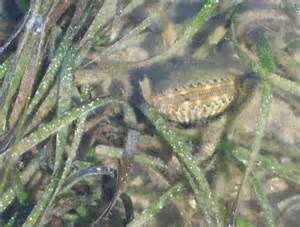
With the seagrasses you will not always see the epibiota we are talking about. At times, there are mats of algae growing on the grass like Spanish moss on oak trees. We typically see these epibiotic macroalgae growing on seagrasses in the spring and summer. Most of these algal mats are red algae. Studies have shown that they support juvenile animals as hiding habitat and can increase the overall biomass of seagrass meadows. But, like with all things, too much of a good thing can have a negative effect on seagrass meadows as well. The seaweed can smother the grasses, reducing needed sunlight, and enhance the decline of seagrasses in some areas.
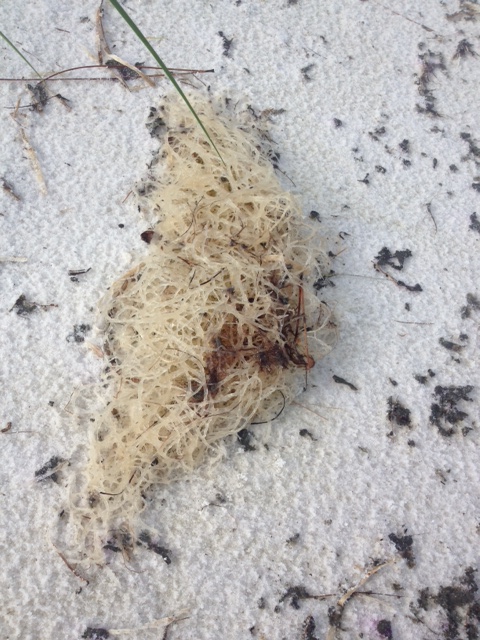
Most of the epibiota feeding the growing populations of shellfish and finfish using these nurseries are microscopic plants and animals that appear to us as “scum” on the blades of the grass. As you might expect, the wider the blade (in this case turtle grass) can support a higher diversity and abundance of growing grazers than the thinner shoal grass.
A study conducted in 1964 listed 113 species of microscopic algae existing on the blades of seagrasses in Florida. They include such creatures as diatoms, cynobacteria, and bryozoans. We will focus on these.
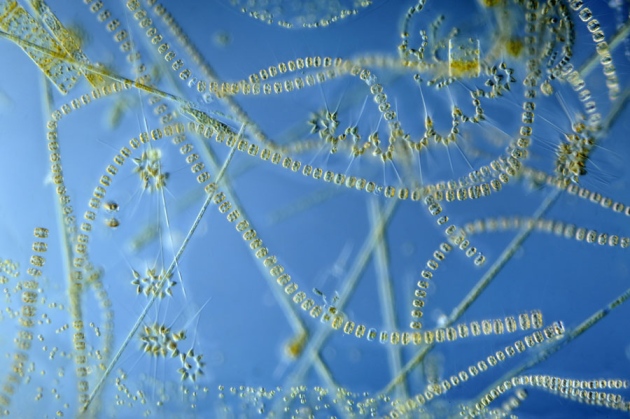
Diatoms are single celled plant-like algae that are encased in a clear silica shell. They are one of the most abundant forms of oxygen producing plant-like creatures found in the sea. Many species drift with the phytoplankton layers of the open ocean. Others are benthic, living on the bottom upon rocks, seawalls, turtle shells, and seagrasses. It has been stated that 50% of the oxygen produced on our plant comes from the diatoms and the dinoflagellates (another microscopic plankton).

Cyanobacteria are what many call blue-green algae. They produce a darker colored green with their photosynthetic pigments – thus the name blue-green algae – but were not initially identified as a bacteria – which they are now because they lack an organized nucleus. Many have heard of the recent cyanobacteria blooms in central and south Florida in freshwater systems. Some species are toxic and have caused fish kills and even made pets, who drank from water with cynaobacteria, very sick. There hundreds of different species found in marine systems. Like diatoms, some live in the water column, others are attached to an object on the bottom – like seagrasses.
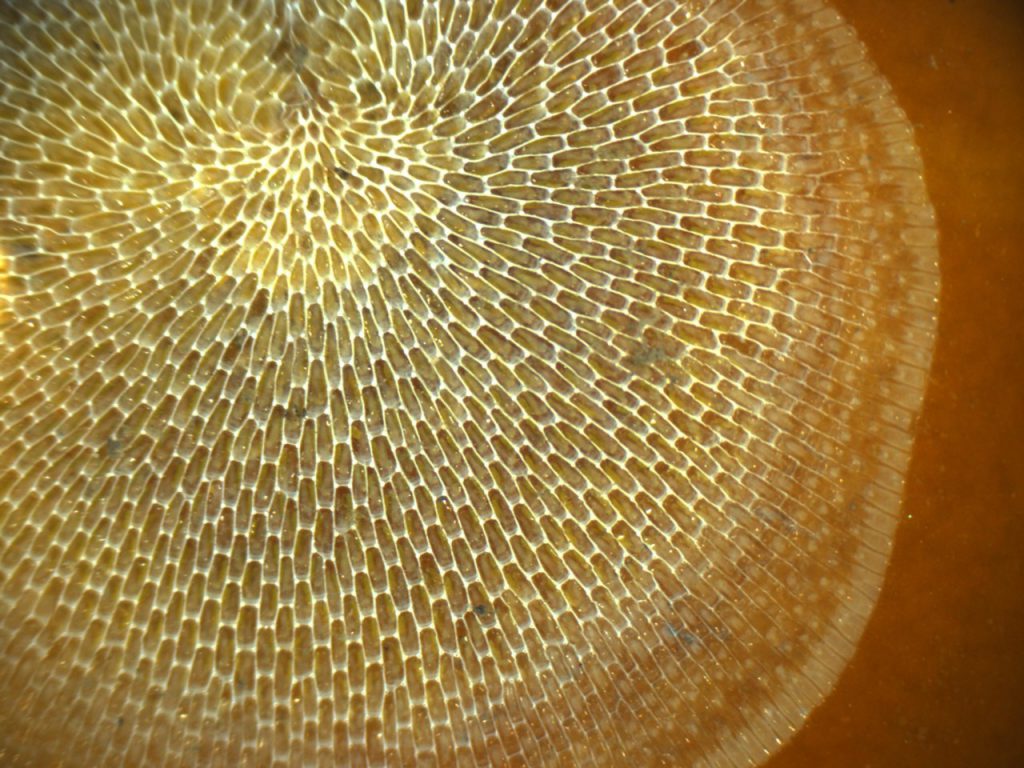
Bryozoans are microscopic colonial animals. They act and behave similar to corals, though they are much smaller. Some species appear as a “cast net” over the shell of a snail or clam, and can be seen on blades of turtle grass as well. There are many other species of these colonial creatures that call seagrass home.
We are highlighting these three groups but there are many other forms of epiphytes and epizoids growing on these grass blades. And it is these that the small grazers, like tiny crustaceans, feed upon, which in turn are what the millions of small silver juvenile finfish and crabs are feeding on. The seagrass meadow biodiversity and productivity is dependent on them and most Panhandle folks do not know they are there. Dr. Edward O. Wilson made a comment in his book Half Earth, that we have been focused on conservation of wildlife and habitat for many years now – but we fully do not understand what it is we are trying to conserve. We focus on blue crab and manatee conservation and do not realize that conservation of these micro-communities is essential for conservation, or restoration, success. The first step in conserving such communities is knowing they exist and how they support the system. You now have a little more knowledge of them, but there is SO much more to learn.
- Rattlesnakes on Our Barrier Islands; Part 4 – Thermoregulation - December 29, 2025
- Rattlesnakes on Our Barrier Islands; Part 3 – Envenomation - December 22, 2025
- St. Joe Red Tide Claiming Terrapins - December 15, 2025
